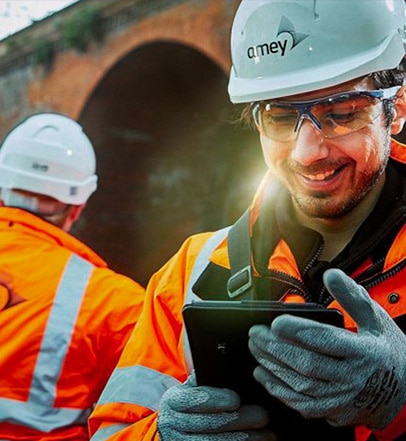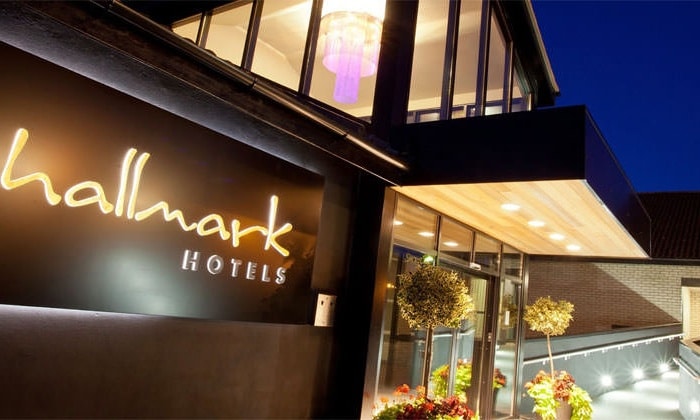Company: Amey
Industry: Construction & Engineering
Systems Protected:Citrix NetScaler
Challenge: Censornet MFA
We liked the token-free authentication. The old authentication system was very labour intensive to manage and wasn’t very intuitive to use

Amey government contract customer case study
Amey keeps daily life functioning in almost every neighbourhood across the UK by working with its customers to create better places to live, work and travel. It provides a whole range of services, from highway maintenance and environmental services, through to electrical engineering and asset management and engineering design for rail companies.
As one of the UK’s leading public and regulated services providers, Amey operates over 320 contracts, providing services such as utilities, highways, waste management, rail and facilities management.
Amey provides employee secure remote access for a number of UK government contracts, allowing their staff to work while on the move, at client sites or from home. Amey was working with a government contract customer to do just this – remote working makes an important contribution to the customer’s workforce productivity levels, so securing this access was vital.
Security threats are proliferating all the time and almost two thirds of network breaches involve weak or stolen passwords. Being aware of this, David Barrie, IT Systems Manager at Amey wanted to upgrade the government contract customer’s user authentication solution to protect its remote access environment, without adversely affecting user productivity.
The customer’s remote access solution was secured using traditional two- factor authentication with a combination of hardware and software tokens. As David explains, “the solution that was in place wasn’t very convenient or easy to use, which hindered users’ productivity and made their jobs more difficult to do. Added to that it was expensive to maintain.”
Intuitive authentication
The objective was to find a simpler solution to take the place of the old token-based authentication system, which secured the access of remote users using laptops via a VPN. Engineers who were using the VPN to access Citrix, published applications and remote access to Citrix NetScaler. The new solution had to continue to meet Amey’s stringent security standards and prevent hackers from breaching its systems.
Using Censornet Multi-Factor Authentication (MFA) and its method of using a number of variables to validate users and providing passcodes via employees’ phones – a piece of hardware they would rarely be without – was considered a perfect fit for the requirement.
“The simplicity of the Censornet MFA solution was one of the biggest draws for us,” explains David. “We liked the token-free authentication. The old authentication system was very labour intensive to manage and wasn’t very intuitive to use.”
The implementation went smoothly. Initially, Amey’s government contract customer had a one-month trial, which was run alongside the existing solution. This enabled David and his team to evaluate the new Censornet MFA solution without affecting user productivity or running the risk of compromising the security that was already in place.
David says, “The assistance from Censornet customer support during the implementation was very helpful and enabled us to get up and running with the minimum of fuss. Like the implementation, the management of the solution is very simple. The text messages arrive almost instantly by SMS and the fail-over to email ensures delivery.”
Feedback from users shows that remote workers agree with David. As one who is using the Censornet MFA system commented, ”The passcode system has proved very responsive since it has been introduced and access to the VPN seems to be much more robust.”
How it helps Amey’s government contract customer
The Amey business model is all about working to help its customers keep communities running and helping them function more effectively, whether that’s providing better transport, environmental facilities or utilities. To enable its customers’ employees to work remotely, safely and securely is key to maintaining the company’s productivity levels. This was a key benefit of the user authentication solution.
And, as David explains, it’s not just the productivity of the customer’s main workforce. “For our government customer, productivity has improved because users are logging in more often. It’s also improved the productivity of its IT team because users make far less support calls to the help desk because of the ease of use. And the solution has saved the customer money – the lower costs in buying and maintaining the product have helped make significant financial savings.”






